In a groundbreaking collaboration with NASA, Nikon has taken a giant leap for camera technology by developing a modified version of its mirrorless Z9 camera for the Artemis III lunar mission. This bold step into extraterrestrial photography is set to be showcased at CES 2025, held from January 7–11 in Las Vegas, Nevada. The unveiling marks a pivotal moment in the history of imaging technology as Nikon demonstrates how the Z9 is being adapted for use in the harsh lunar environment. And now you can see (and maybe try) it at CES.
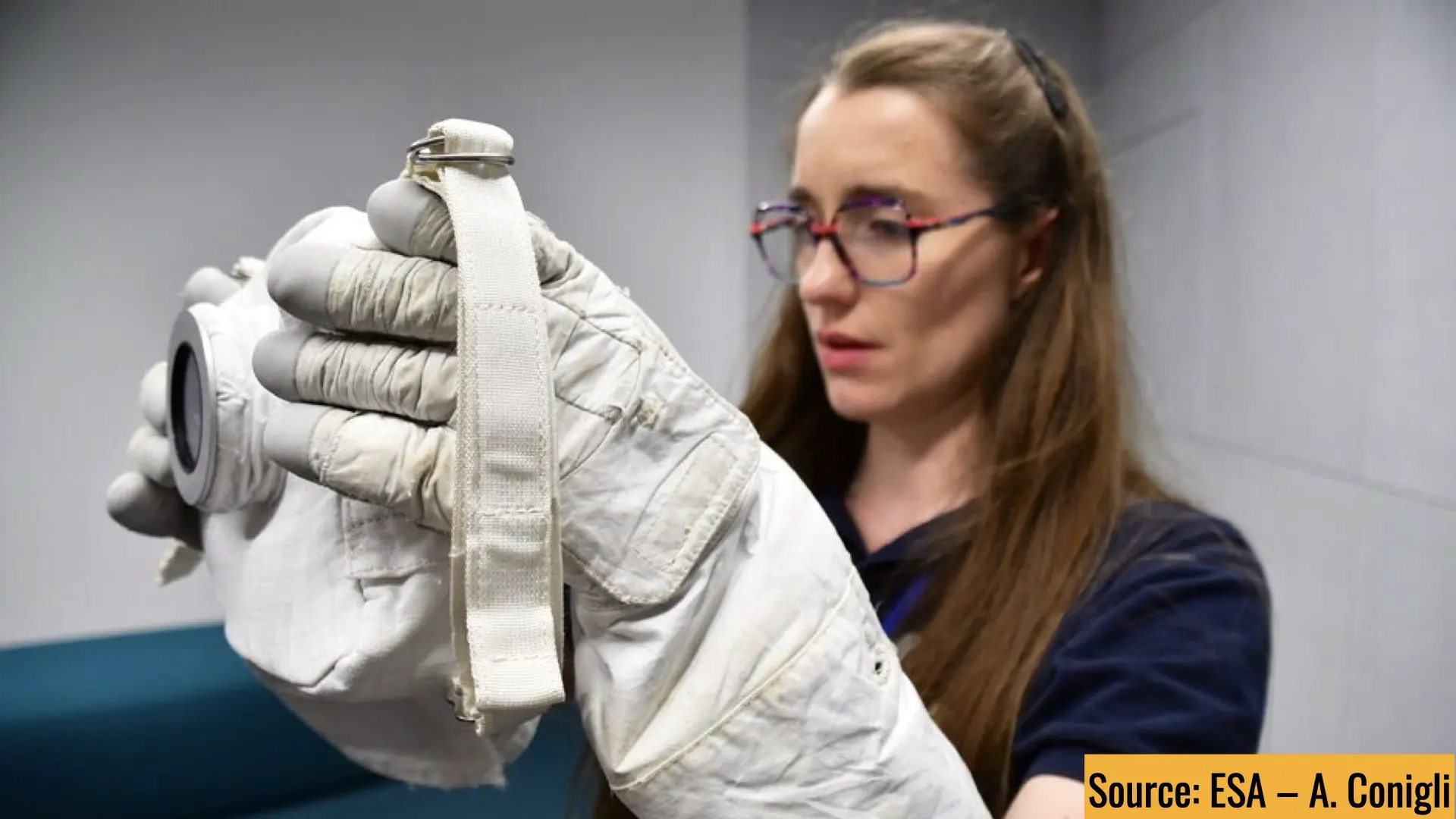
The Artemis Mission and Nikon’s Role
The Artemis III mission, part of NASA’s ambitious Artemis program, aims to land astronauts on the Moon by mid-2027. In preparation, Nikon entered a Space Act Agreement with NASA in March 2024 to develop the Handheld Universal Lunar Camera (HULC). The core of this development is a modified Nikon Z9, a flagship mirrorless camera renowned for its groundbreaking technology and rugged durability. The Z9’s selection underscores Nikon’s reputation for engineering excellence. NASA’s decision to partner with Nikon leverages decades of expertise in crafting cameras for extreme environments, dating back to the company’s involvement in space exploration during the Apollo era. This new collaboration represents a continuation of Nikon’s legacy, now upgraded to meet the demands of modern space exploration.
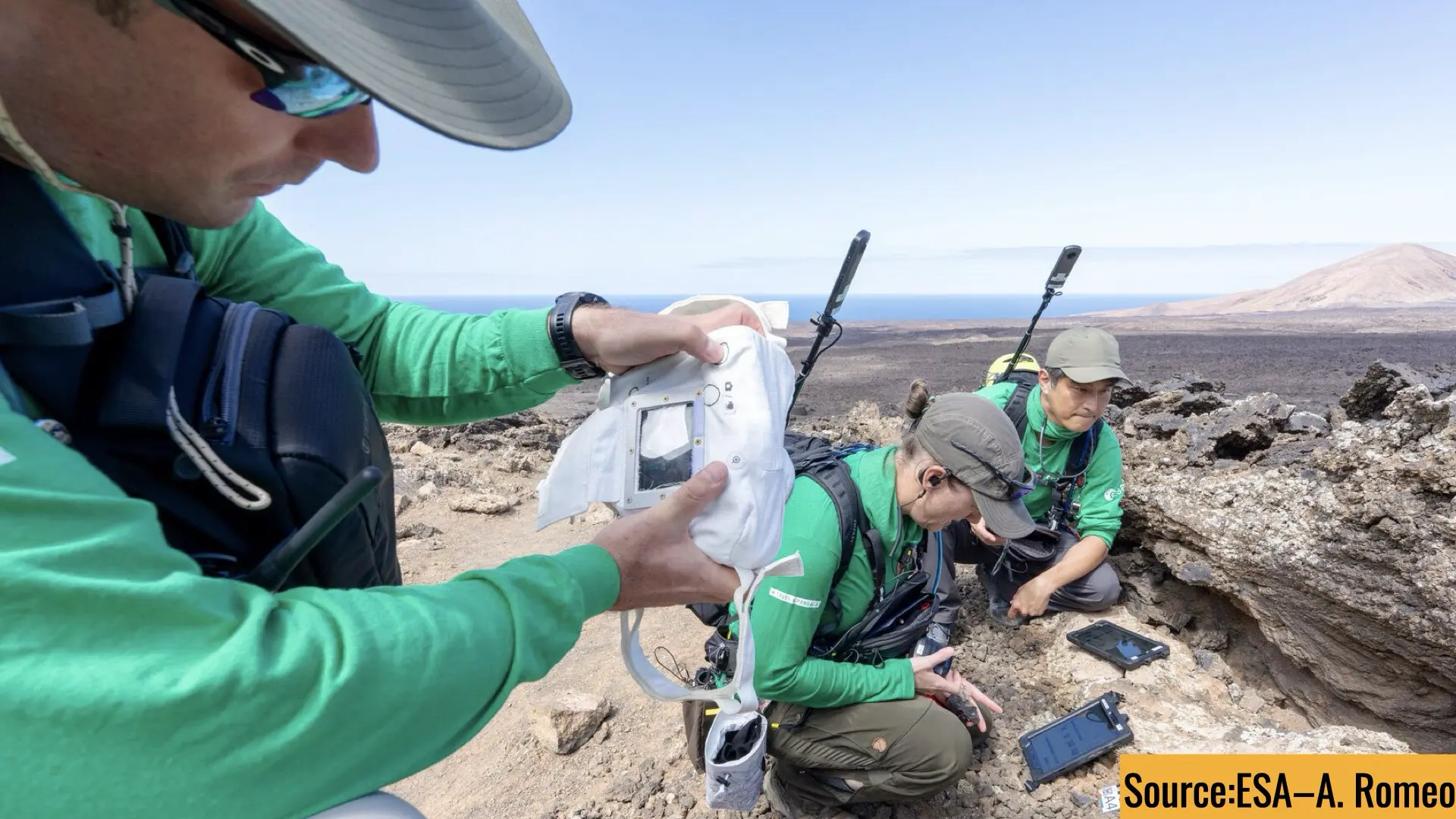
Challenges of Lunar Photography
The Moon’s environment presents unique challenges that demand innovative solutions. Temperatures on the lunar surface swing dramatically between -173°C (-280°F) and 127°C (260°F). Lunar dust, composed of fine, abrasive particles, poses additional risks to both mechanical and optical systems. Nikon’s engineers have tackled these challenges with cutting-edge technology, adapting the Z9 to ensure it can capture high-resolution images in these harsh conditions. At CES 2025, Nikon will highlight its specialized thermal blankets designed to protect the camera and its lenses from these extreme temperature fluctuations and abrasive dust. These protective layers are crucial for ensuring the longevity and reliability of the camera on the lunar surface, enabling astronauts to document their mission in unparalleled detail.
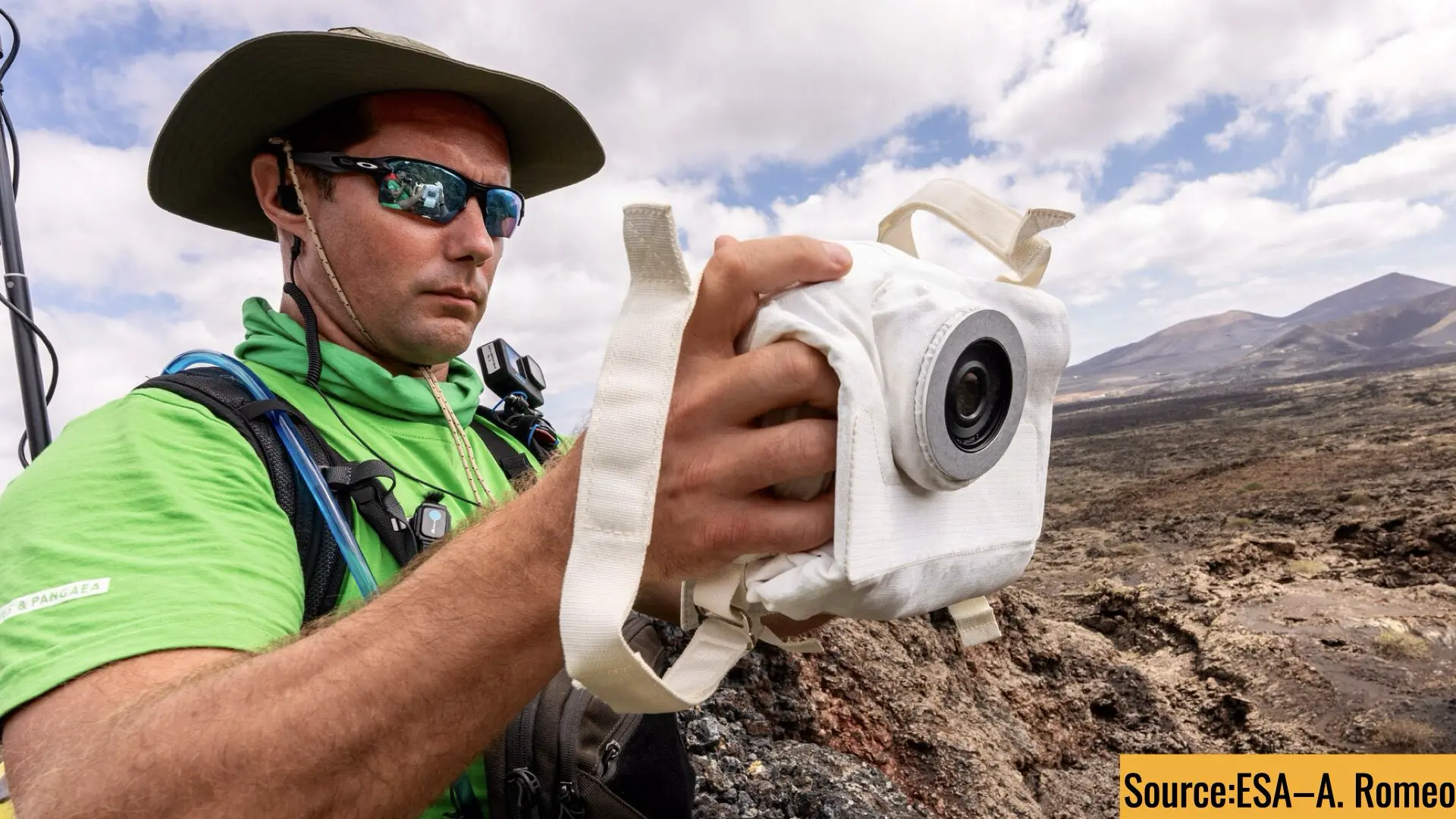
Technical Innovations of the ‘Lunar Z9’
Here’s Nikon’s statement about the ‘Lumar Z9’:
The Moon surface and lunar environment is a harsh and unforgiving vacuum, which poses multiple technological and engineering challenges. The surface is subject to massive temperature swings, with constant bombardment of cosmic radiation that can damage electrical components. Nikon’s engineers are working closely with NASA to develop solutions for maximum reliability when operating under this kind of extreme environment, including the redesign of various circuits and control sequences within the camera to withstand the vast amounts of radiation. Support will also be given for vacuum thermal testing, running various tests and simulations to help ensure that the camera maintains operational status when about 383,000 kilometers (238,000 miles) away from Earth.
Additionally, the camera will need to be used by astronauts during extravehicular activities (EVA), which are instances when the crew will be in space or on moonwalks. In order for astronauts to comfortably and easily use the Z 9 when wearing the thick gloves of a spacesuit, a custom grip is being developed by NASA, which includes common controls such as a shutter release, playback, still/video capture switching and more. This grip will connect to the camera via the 10-pin terminal, which will be usable with specialized custom firmware created for the cameras. To protect the camera, lens and housing during EVA, a special “thermal blanket” will be created by NASA, which is similar to those currently used during exterior spacewalks by International Space Station astronauts. A selection of NIKKOR Z lenses will also be used for the mission, and those that will be actively used on the Moon will be modified to withstand the harsh lunar environment.
Like the cameras used by the Space Station crew, the firmware will also be specially modified for this mission. These modifications include accounting for the different circuitry, expanding noise reduction to lower shutter speeds to account for the effects of constant bombardment of cosmic radiation that the crew and gear encounter. Additional changes have been made to the file naming sequence, as well as default settings and controls that are optimized for exterior missions. Changes have also been made to the in-camera communication control to simplify the astronaut’s workflow and reduce power consumption when sending images from space to Earth. Additional modifications include shutter shield optimization, enhanced HDR functionality and modified default settings for menu items.
Nikon
CES 2025: A Preview of the Future
At CES 2025, Nikon’s booth will offer a first-hand look at the technologies that will enable the Artemis mission to capture the imagination of millions. Visitors will see prototypes of the lunar Z9 alongside its thermal blankets and learn about the extensive testing and collaboration that went into its development. Nikon’s showcase will also feature insights into the Z9’s role in advancing both space exploration and the future of photography.
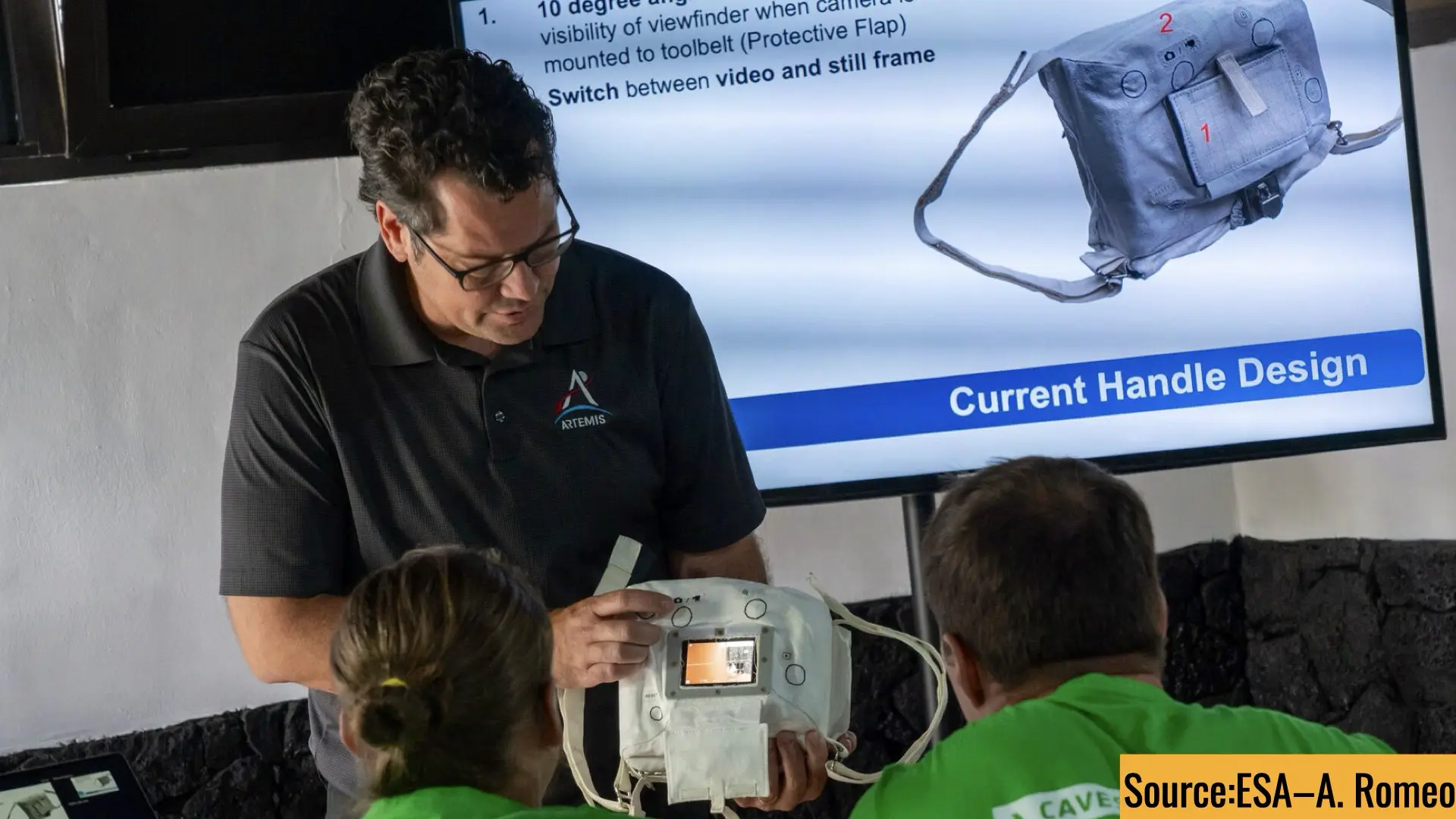
Conclusion
Nikon’s journey to adapt the Z9 for lunar exploration is a testament to the company’s determination to push the limits of what’s possible in imaging technology. Developing a camera for the Moon is no easy feat; it demands extensive resources, meticulous research, and iterative testing to address the extreme conditions of space. These efforts underscore Nikon’s commitment to staying ahead of its competitors in a highly challenging industry. By successfully collaborating with NASA and overcoming numerous technical challenges, Nikon demonstrates its capability to innovate under pressure, setting itself apart as a leader in imaging solutions for even the most demanding environments.

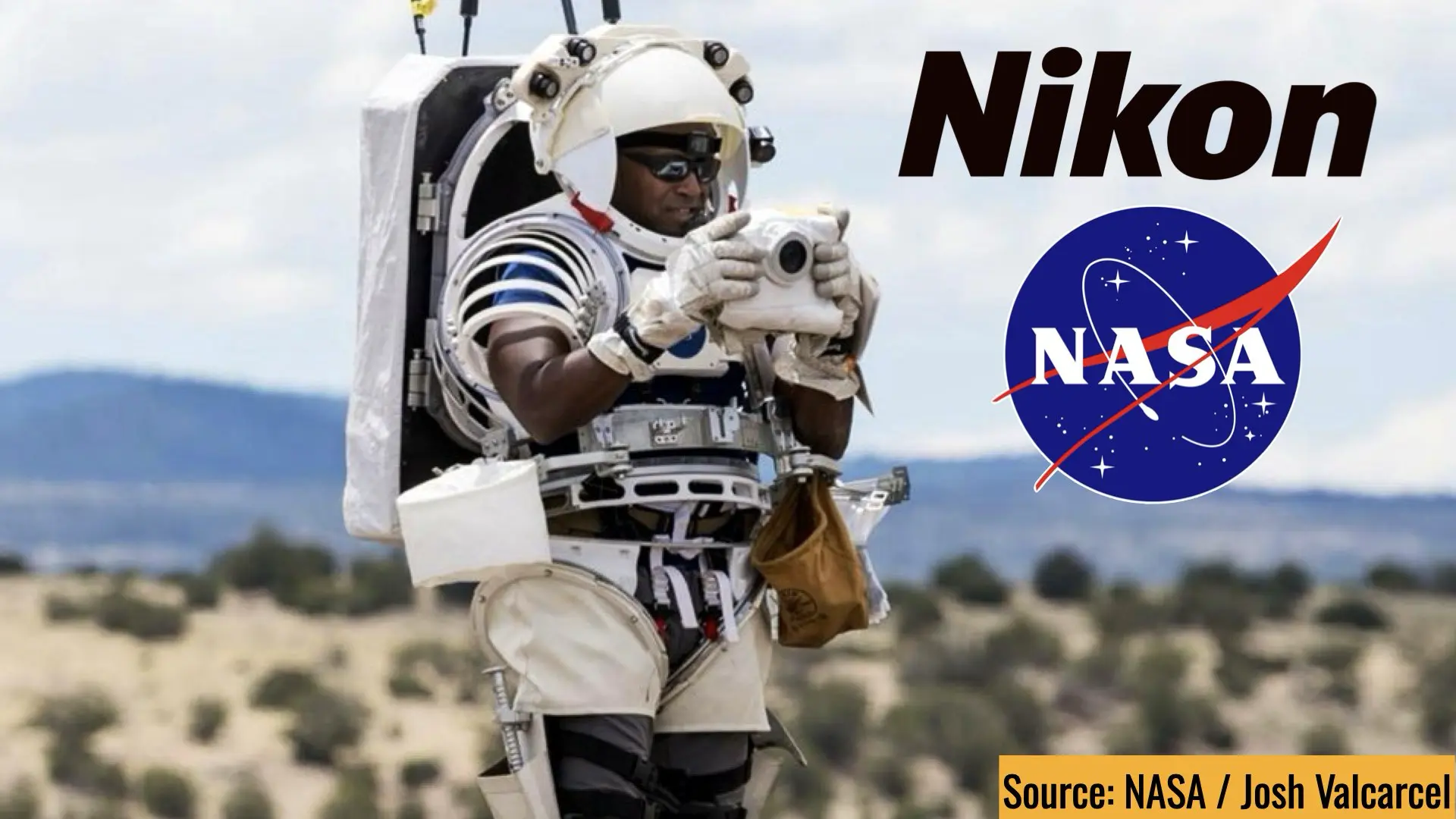
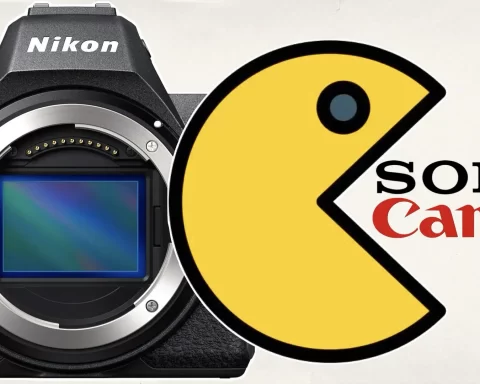
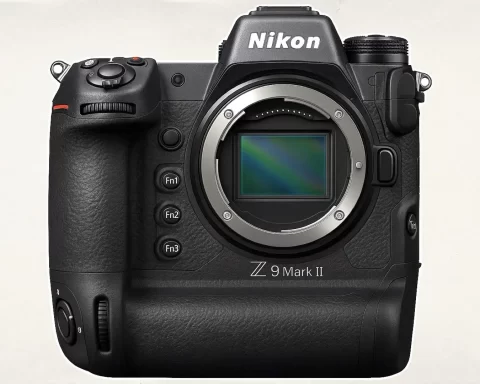
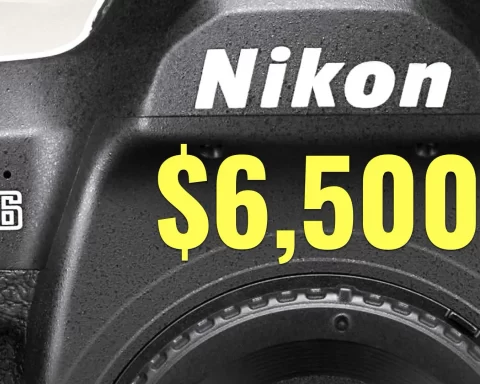
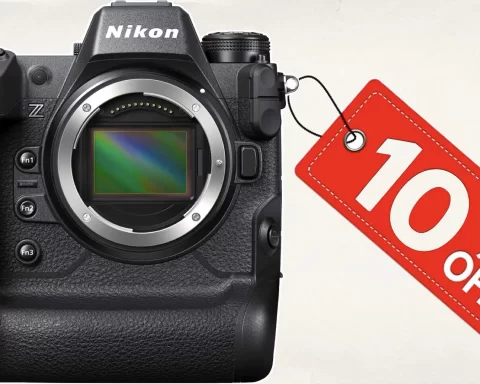

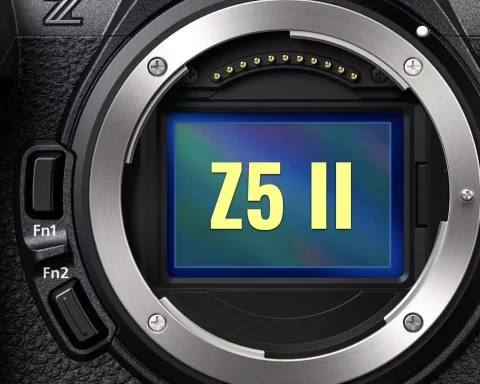

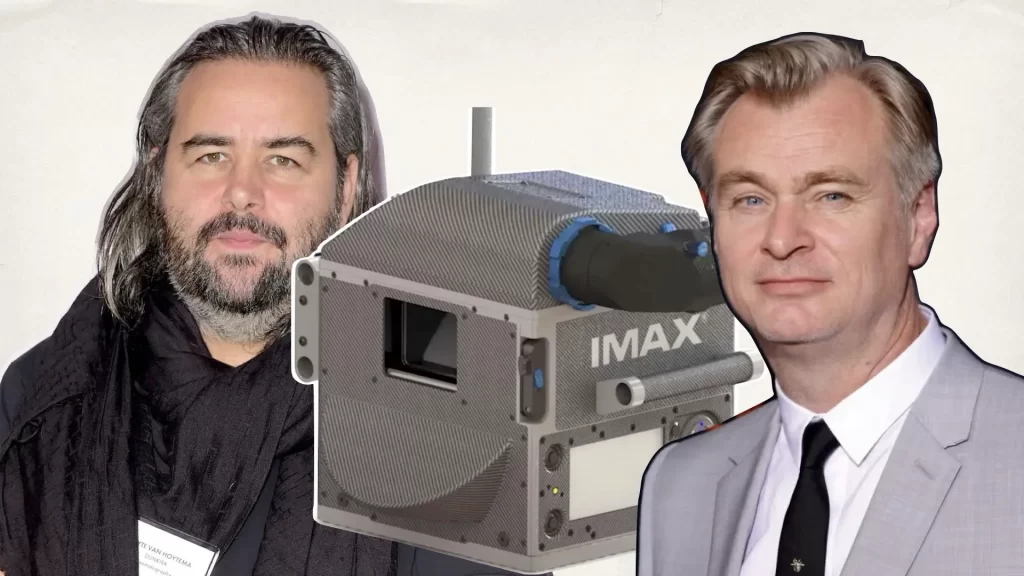
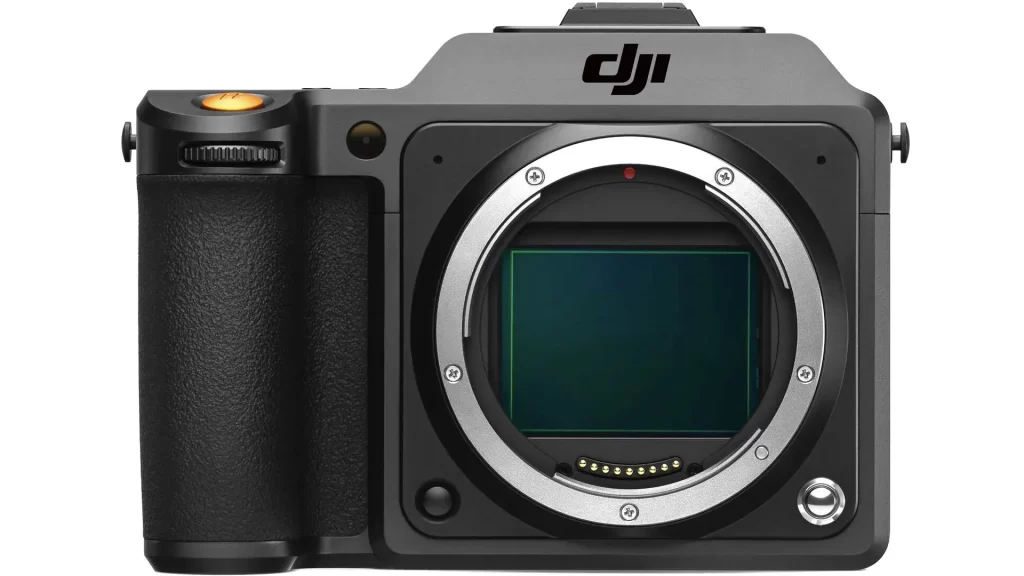
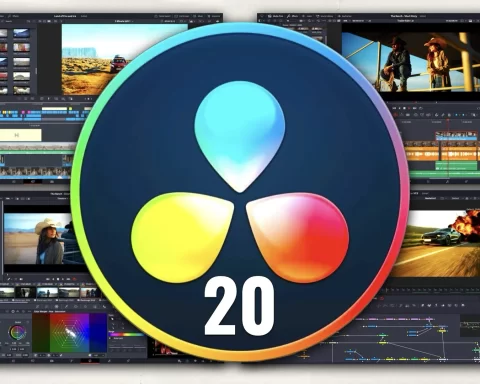
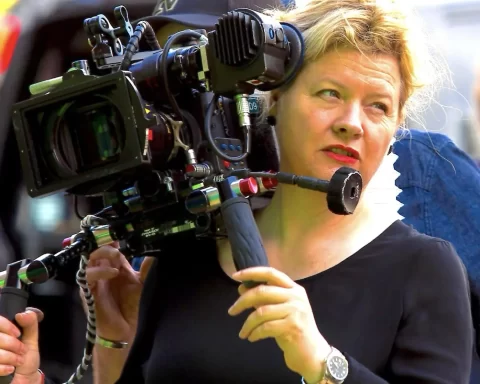
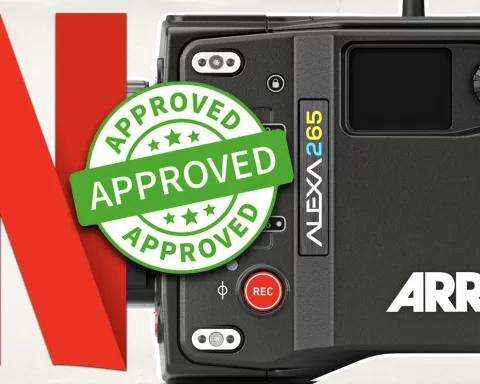

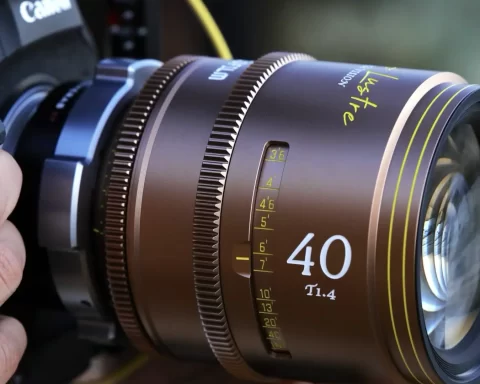
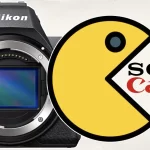
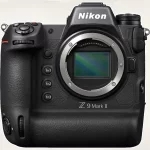
Looks like Nikon is replacing Hasselblad as the “ space camera system” As an astrophotographer I would like to see Nikon offer an astrophotography version of the Z9 with the special filters as they did a few years ago!